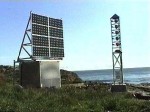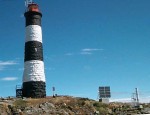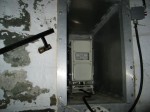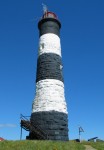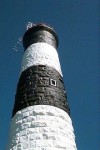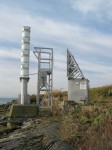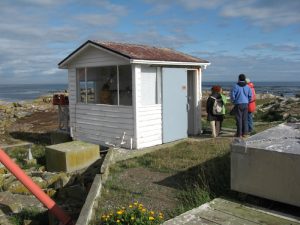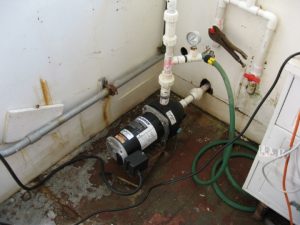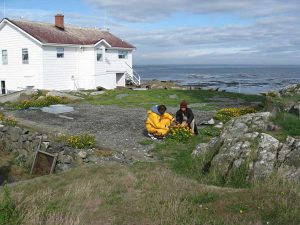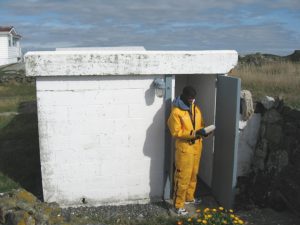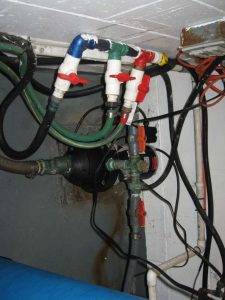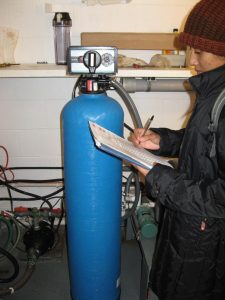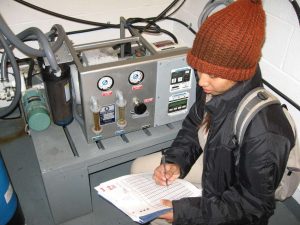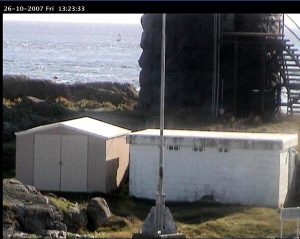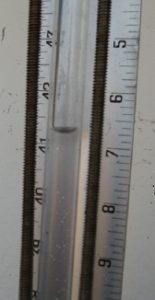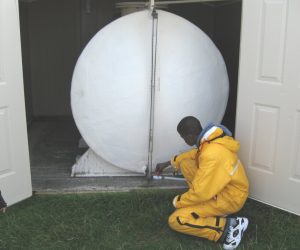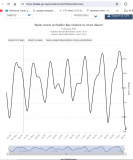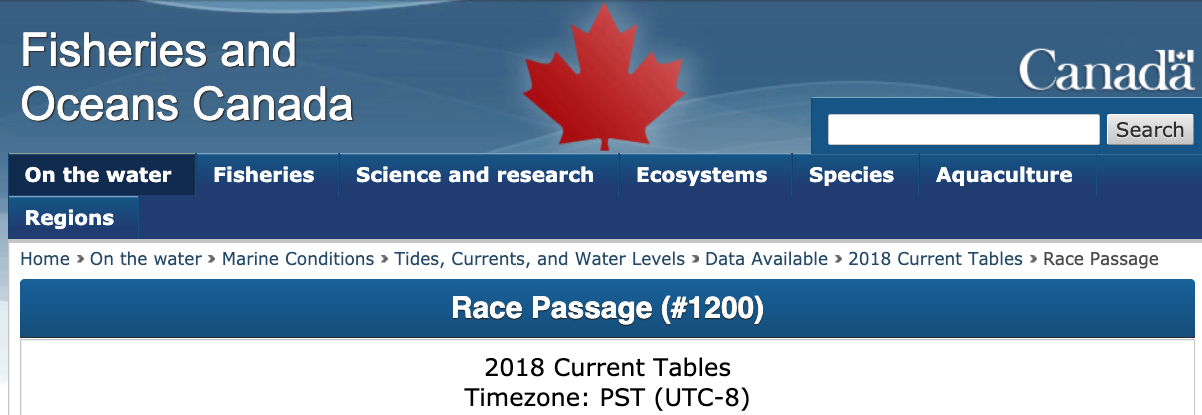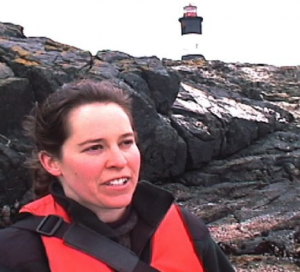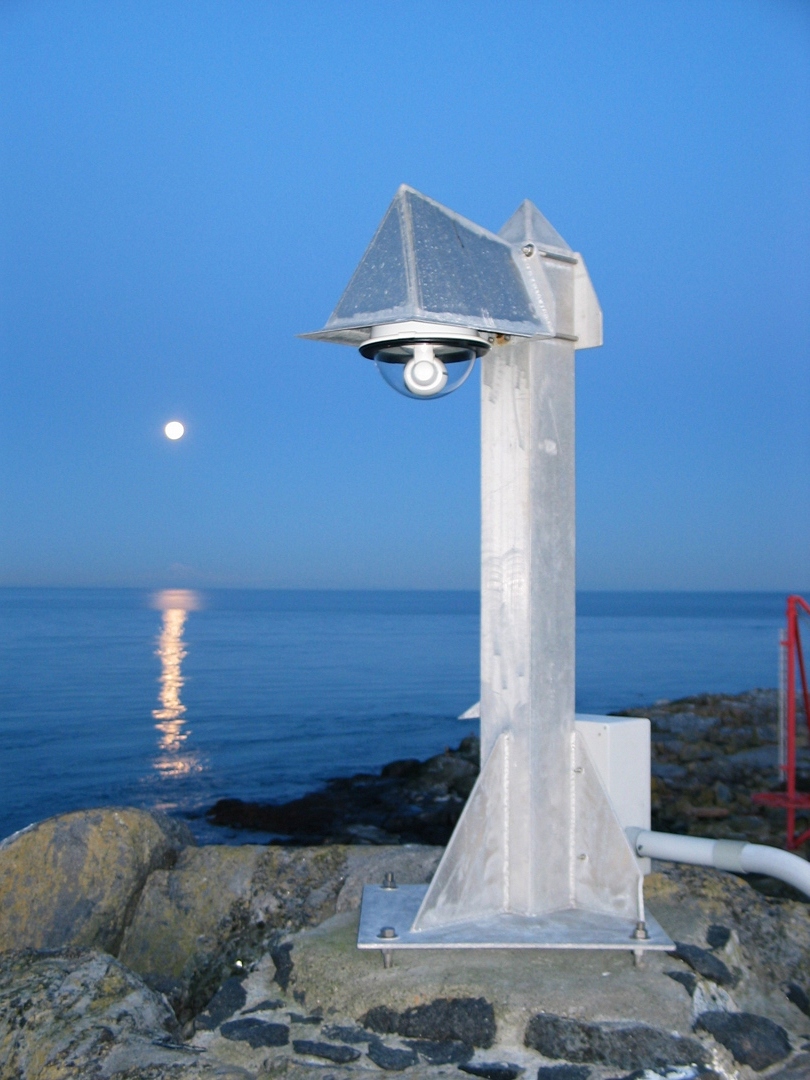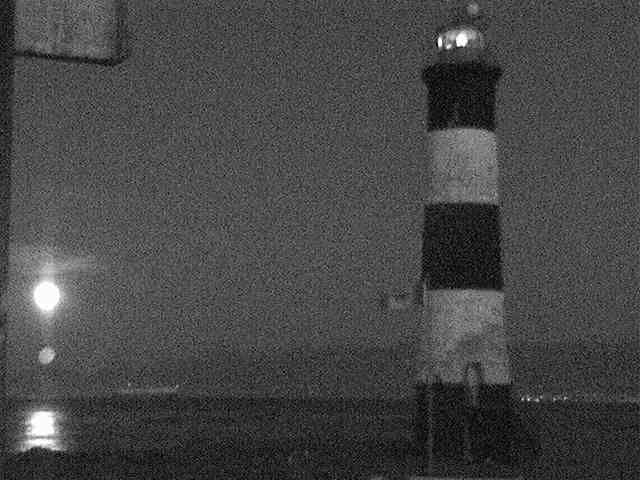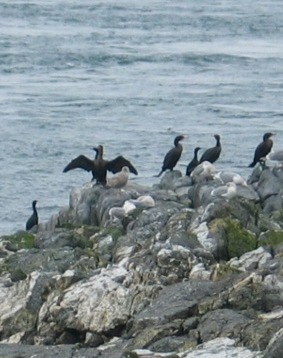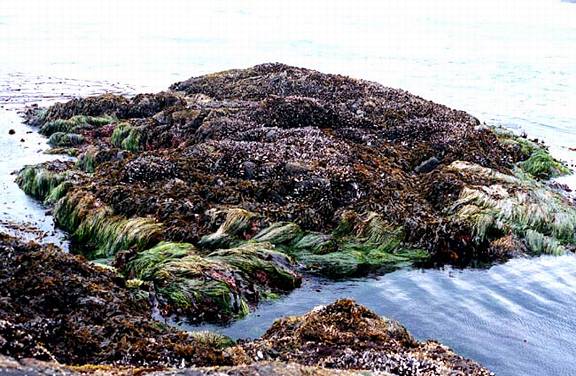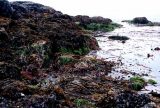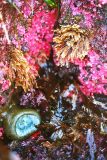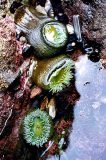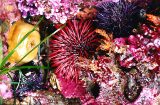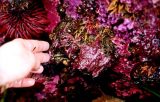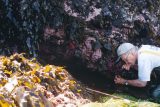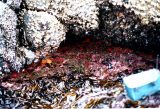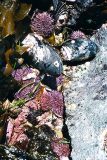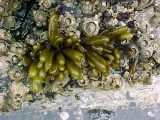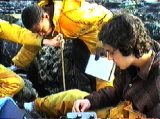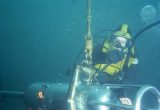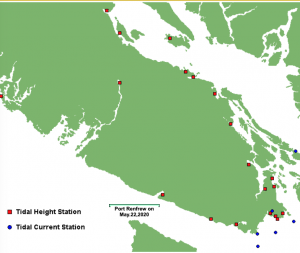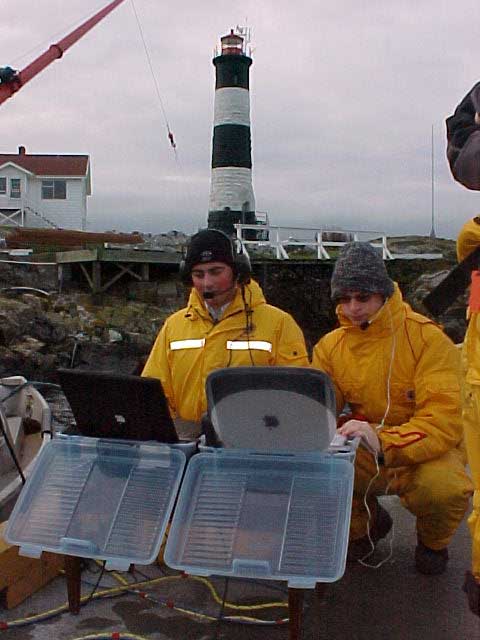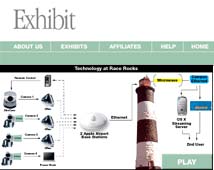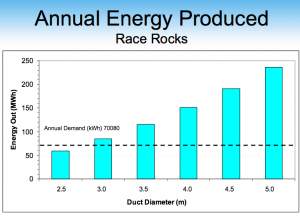BACKGROUNDER: (Link to PDF version)Race Rocks is a unique ecosystem located at the eastern entrance to the Strait of Juan de Fuca, three nautical miles from Pearson College and ten nautical miles southwest of Victoria, BC. The rocky outcroppings that form the Race Rocks group of islands are the visible summit of an underwater mountain and are washed daily by tidal currents that can run at up to seven knots. These swift waters are the lifeblood of breathtakingly diverse plant and animal life – recognized internationally as a treasured ecosystem. To First Nations people, Race Rocks was a banquet table in the swift flowing waters known to them as XwaYen. To early mariners it was a formidable hazard to be avoided. To fishers it was a haven for finding rockfish and halibut. To scuba divers it is an underwater paradise with thriving colonies of marine organisms. To generations of future researchers, college students and school children, it will be an awe-inspiring outdoor and virtual classroom. Additional information on Race Rocks is available at: www.racerocks.ca
Lester B. Pearson College of the Pacific
Lester B. Pearson College of the Pacific (Pearson College), an international school named in honour of the late Prime Minister and Nobel Prize Laureate Lester B. Pearson, provides full scholarships to all its students. The College was established in 1974 and promotes international understanding and co-operation among young people and is one of 10 United World Colleges located around the globe. The 200 students attending Pearson College each year represent every Canadian province and territory, and there are representatives from over 85 other countries. Along with the International Baccalaureate academic program, students participate in a full activities program that includes: diving, kayaking, sailing and artistic endeavours such as choir, photography and visual arts. Each student also commits to volunteer service both at the College and in nearby communities. Pearson College staff and students have acted as long-time volunteer wardens at Race Rocks and were influential in having the area protected as an Ecological Reserve in 1980. As the environmental steward of Race Rocks, the College is dedicated to protecting the marine ecosystems within the reserve and to increasing the awareness of students, visitors and the public about marine systems, ecological reserves and environmental issues. By transforming a decommissioned light station into a dynamic educational and research centre, Pearson College has been able to share the rich cultural and environmental history of Race Rocks with Canadians and the world. Race Rocks serves as an award-winning showcase of sustainable and innovative educational initiatives and emerging technologies. Further information on Pearson College can be found at www.pearsoncollege.ca
EnCana
With an enterprise value of approximately US$34 billion, EnCana is one of North America’s leading independent oil and gas companies. The company pursues predictable, reliable, profitable growth from its portfolio of long-life resource plays situated in Canada and the United States. EnCana defines resource plays as large, contiguous accumulations of hydrocarbons, located in thick or aready extensive deposits that typically have low geological and commercial development risk and low average decline rates. The application of technology to unlock the huge resource potential of these plays typically results in continuous increases in production and reserves and decreases in costs over multiple decades of resource play life. EnCana’s disciplined pursuit of these unconventional assets has enabled it to become North America’s largest natural gas producer and a leading developer of oilsands through in-situ recovery. EnCana common shares trade on the Toronto and New York stock exchanges under the symbol ECA.
More information on EnCana can be found at: www.EnCana.com
EnCana Environmental Innovation Fund
EnCana is committed to safeguarding the environment. Throughout its operations, the company strives to lighten its environmental footprint through responsible practices, continuous improvement, and by seeking out innovative new approaches to doing business. As stated in the company’s Corporate Responsibility Policy, EnCana strives to make efficient use of resources, minimize its environmental footprint, conserve habitat diversity, reduce its emissions intensity and increase its energy efficiency.
The EnCana Environmental Innovation Fund (the Fund) supports these goals by lending financial support toward the development and commercialization of innovative new technologies and practices that create solutions to the environmental issues facing the energy sector. The fund is designed to invest in both external and internal projects that:
- Improve environmental performance associated with producing or consuming energy;
- Advance and demonstrate innovative technologies or practices; and
- Implement EnCana’s Corporate Responsibility Policy.
Targeted areas include air emission reductions, water conservation, renewable energy, and energy-efficiency improvements. To date, four projects have been financed, including a hybrid electric vehicle demonstration, a water recycling project, a drill cutting recycling facility and a renewable energy project. The Fund became operational in January 2004 and is currently reviewing candidate projects.
Clean Current Power Systems Incorporated
Clean Current Power Systems Incorporated is a private British Columbia-based company that will generate electricity from ocean tidal currents. Clean Current designs and licenses technology which converts the kinetic energy of tidal currents into electricity with unprecedented efficiency. This electricity is renewable, predictable and creates no greenhouse gases. The tidal turbine generator units are deployed completely underwater and cause no visual impact on pristine marine environments.
Efficiency and operability in salt water are the key ingredients of a successful tidal technology. Clean Current’s tidal turbine generator is a bi-directional ducted horizontal axis turbine with a direct drive variable speed permanent magnet generator. This proprietary design delivers better than 50 per cent water-to-wire efficiency, a significant improvement over competing free stream tidal energy technologies. Operability is enhanced by a simple design that has one moving part – the rotor assembly that contains the permanent magnets. There is no drive shaft and no gearbox.
The turbine generator has a design life of 10 years (major overhaul every 10 years) and a service life of 25-30 years. During that time it will generate electricity with zero emissions, a minimal footprint on the bottom of the ocean and negligible impact on marine life.
The Pearson College – EnCana – Clean Current Tidal Power Demonstration Project at Race Rocks is an important step in the Company’s technology development plan aimed at early commercialization.
To ensure success Clean Current has enlisted the assistance of technical partners AMEC Americas Limited and AMEC Dynamic Structures Limited (both subsidiaries of AMEC PLC),Powertech, (a subsidiary of BC Hydro) and Triton Consultants Ltd.
Return to the Tidal Energy Page
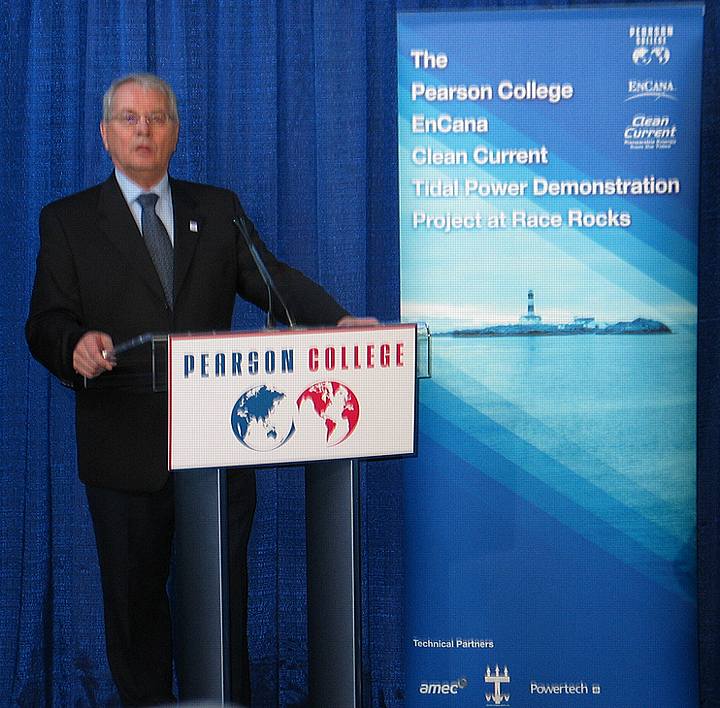



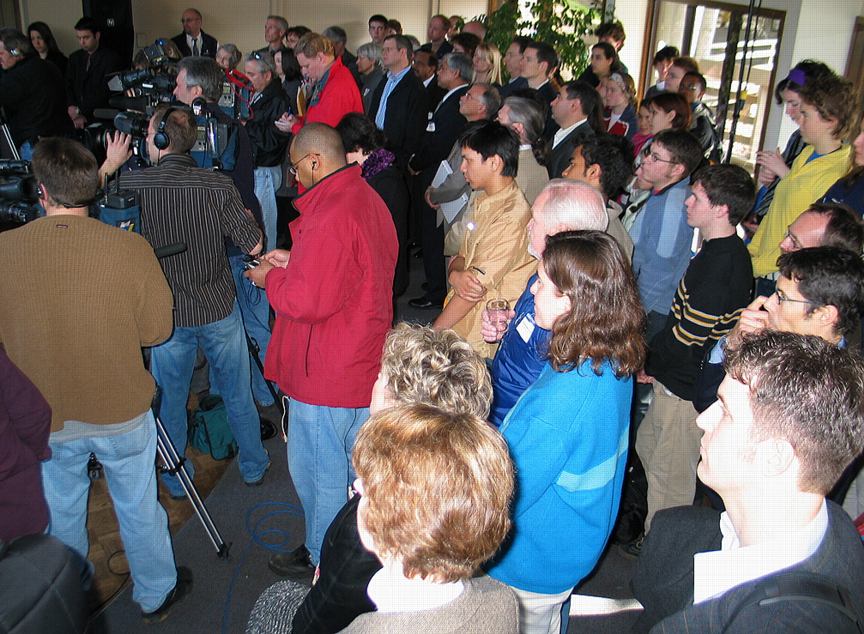

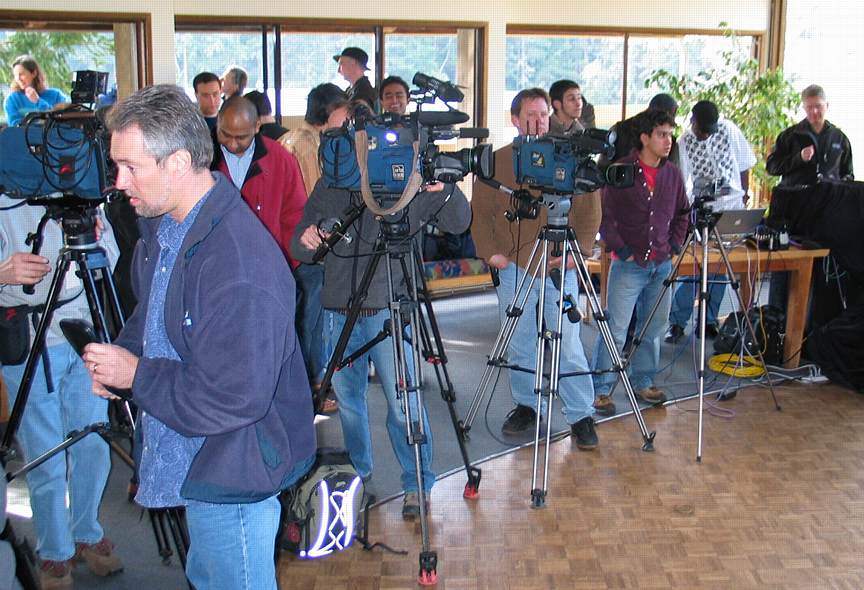
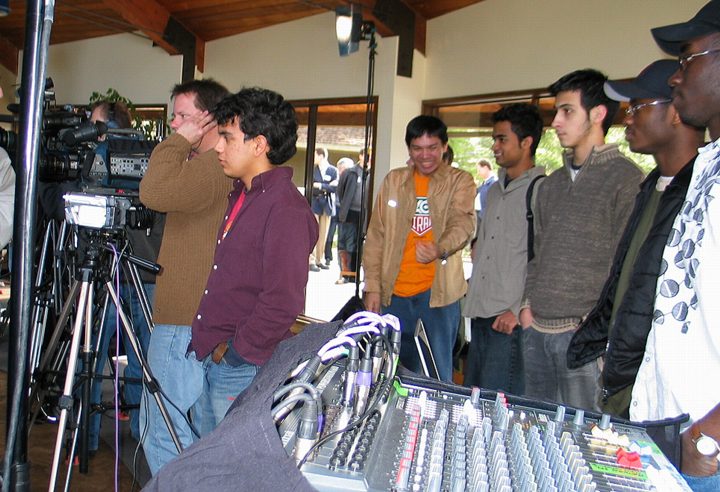
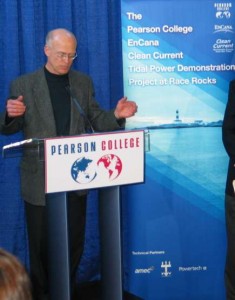
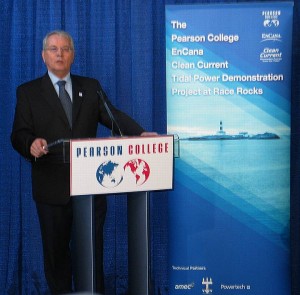
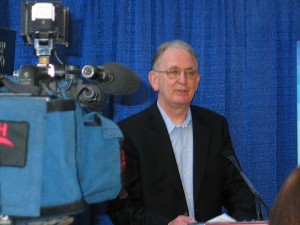
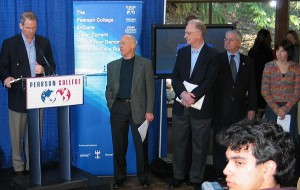
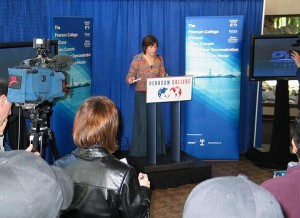

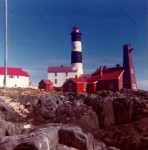
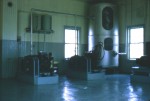



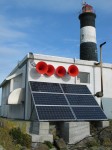
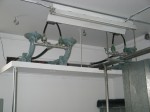
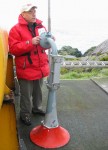
 From the early 1980’s until January, 1997, fog or heavy rain impeding visibility in the eastern entrance of the Strait of Juan de Fuca would trigger three double tones per minute from the four trumpet shaped Airchime horns mounted on the South side of the engine room at Race Rocks.
From the early 1980’s until January, 1997, fog or heavy rain impeding visibility in the eastern entrance of the Strait of Juan de Fuca would trigger three double tones per minute from the four trumpet shaped Airchime horns mounted on the South side of the engine room at Race Rocks.